When it comes to customizing automobiles, a common inquiry revolves around the possibility of painting carbon fiber hoods. Carbon fiber, renowned for its lightweight and exceptional strength, has become a preferred material in the automotive industry, particularly for crucial components like hoods. The unique weave pattern of carbon fiber adds a distinct aesthetic to cars that many enthusiasts adore. However, for those seeking a more personalized touch or a different look, the question arises: Can you paint over this advanced material? The purpose of this document is to address the question at hand, delving into the realm of possibilities and constraints surrounding the art of painting carbon fiber hoods.
Can You Paint Carbon Fiber Hoods?
Certainly, it is indeed possible to paint carbon fiber hoods. It is, however, essential to follow a specific process to ensure a high-quality finish. The process includes sanding the carbon fiber hood, applying primer, sanding again, and applying paint.
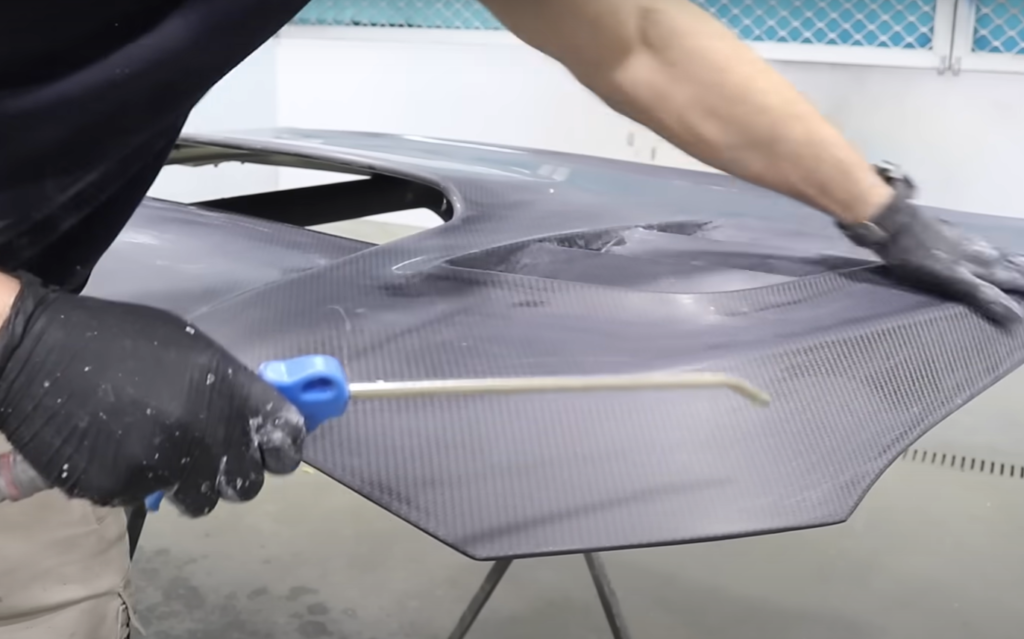
It’s important to note the need for a clear coat finish too.
While painting can alter the aesthetic of the carbon fiber pattern, it offers car enthusiasts the opportunity to customize their vehicle to their preferred color scheme.Pros and Cons of Painting a Carbon Fiber Hood
Pros of Painting a Carbon Fiber Hood
- Customization: Painting allows car owners to personalize their vehicle to suit their individual tastes. They can choose any color scheme or design they want.
- Protection: A high-quality paint job can provide extra protection against external elements like sun damage, bird droppings, and other potential harm to the hood’s surface.
- Aesthetic Appeal: Paint can enhance the overall appearance of the car, giving it a new or different look.
Cons of Painting a Carbon Fiber Hood - Hide Unique Pattern: One of the main drawbacks of painting a carbon fiber hood is that it can hide the unique weave pattern, which is a signature aesthetic of carbon fiber.
- Potential Damage: If not done correctly, the painting process can potentially damage the hood, affecting its fit and finish.
- Maintenance: Painted hoods might require more upkeep compared to unpainted ones, as they might need regular waxing to maintain their shine and prevent the color from fading.
- Cost: Painting a carbon fiber hood can be costly, especially when hiring a professional for a high-quality finish. [1]
How to Paint Carbon Fiber Hoods?
To paint a carbon fiber hood, you will need to follow a detailed process to ensure the best results. Below is a comprehensive, easy-to-follow guide:
- Cleaning: Begin with thoroughly cleaning the hood to remove any dust, grime, or oil that might interfere with the painting process. You can use a mild detergent and a soft cloth.
- Sanding: After the hood is clean, sand it with a 600-grit sandpaper. This step is crucial for getting the primer to adhere properly. Be careful not to sand too deeply and damage the carbon fiber.
- Priming: After sanding and cleaning the hood, apply a layer of primer. Let it dry completely before moving on to the next step.
- Sanding Again: After the primer has dried, sand the hood lightly again using a 1000-grit sandpaper. This will make sure that the paint adheres properly and also help to achieve a smooth finish.
- Painting: Apply the paint using slow, even strokes to prevent runs or drips. You may need multiple coats for the desired color and finish, ensuring each coat dries fully before applying the next.
- Applying Clear Coat: Finally, add a clear coat to safeguard the paint and enhance its glossy finish. As with the paint, you’ll likely need several coats, with full drying in between. [2]
Important Tips
- Quality of Materials: Ensure that you always utilize sandpaper, primer, paint, and clear coat of the utmost quality. The quality of these materials can significantly influence the final look and durability of the paint job.
- Patience: Take your time during each step of the process. Rushing through any phase can lead to imperfections in the finish.
- Protective Gear: It is essential to always don appropriate protective gear, such as gloves and a mask, when engaging in the process. This helps to protect against dust and chemical fumes.
- Work in a Clean Environment: Ensure the workspace is clean and free of dust. Even a small amount of dust can have a significant impact on the final finish of the paint job.
- Check Weather Conditions: If you’re working outside, check the weather conditions. High humidity or extreme temperatures can affect how the paint and clear coat dry.
- Follow Manufacturer’s Instructions: Always follow the manufacturer’s instructions for paint, primer, and clear coat cans. They typically provide helpful tips on application and drying times.
- Testing: If possible, consider testing the paint on a small, hidden area first to ensure the color and finish meet your expectations.
- Seek Professional Help: If you’re unsure about any step of the process, consider seeking help from a professional. They possess the knowledge and experience to ensure a high-quality finish. [3]
What Kind of Paint Do You Use on Carbon Fiber?
The choice of paint for carbon fiber is crucial in determining the ultimate result of the painting process. Use urethane-based automotive paint for best results. This paint is known for its durability, chip resistance, and UV protection properties.
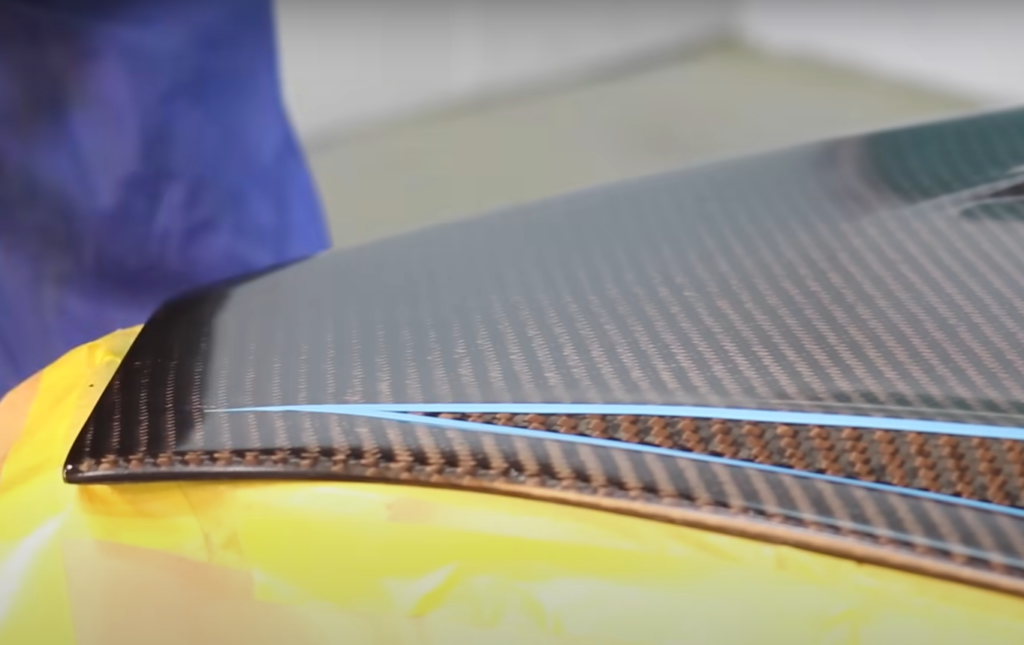
The two main types of urethane paints are single-stage and two-stage paints. Single-stage paint is simpler to apply as it includes color and protective resin in one product. However, two-stage paint, which requires a base coat (color) followed by a clear coat (glossy finish), often results in a longer-lasting and more professional finish. Remember to use a high-quality primer before painting and apply a clear coat afterward for paint protection and added gloss.
How Much Does It Cost to Paint a Carbon Fiber Hood?
The cost to paint a carbon fiber hood can vary significantly based on several factors. These include the quality of the materials used, the complexity of the desired color or design, geographical location, and whether or not the job is done professionally. If you choose to do the job yourself, the cost of materials (sandpaper, primer, paint, and clear coat) can range from $100 to $400, depending on the quality and brand.
It’s essential to remember that while professional services can be expensive, they often guarantee a high-quality finish and can potentially save you from costly mistakes.Should You Paint Carbon Fiber Hoods at Home?
Whether or not to paint a carbon fiber hood at home largely depends on your level of expertise and confidence in your abilities.
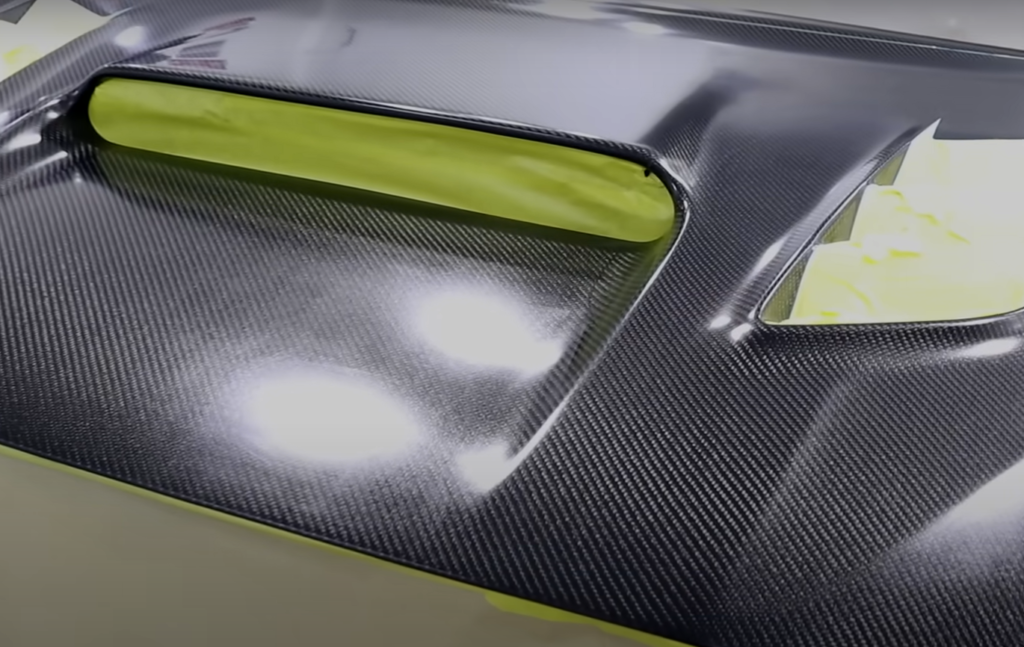
Here are a few considerations:
- Skill Level: Painting a carbon fiber hood requires meticulous attention to detail and a certain level of skill. If you have experience with automotive painting or feel confident in your abilities after thorough research and preparation, painting at home could be a feasible option.
- Time and Patience: The process is time-consuming and requires patience. Each stage, from preparation to the final clear coat application, must be done carefully and methodically. If you are not able to dedicate the necessary time and patience, it might be best to hire a professional.
- Cost: Though painting at home can save you professional fees, it’s important to remember that any mistakes could result in costly rework. Additionally, the upfront costs of high-quality materials can add up.
- Workspace: You’ll need a clean, well-ventilated workspace where the hood can dry undisturbed. Not having a suitable environment could lead to a less-than-ideal result. [4]
FAQ
Can you paint over carbon fiber car parts?
Yes, you can paint over carbon fiber car parts, including hoods. However, it’s essential to follow a meticulous process to ensure a high-quality and durable finish. This includes sanding the part to create a suitable surface for the paint to adhere to, applying a high-quality primer, using automotive-grade urethane paint, and sealing with a clear coat for protection and gloss. As with any automotive painting job, patience, thoroughness, and attention to detail are key to achieving a professional-looking outcome.
How do you paint a carbon fiber bonnet?
Painting a carbon fiber bonnet involves several steps, each crucial for a successful outcome:
- Cleaning
- Sanding
- Priming
- Base Coat
- Clear Coat
- Curing
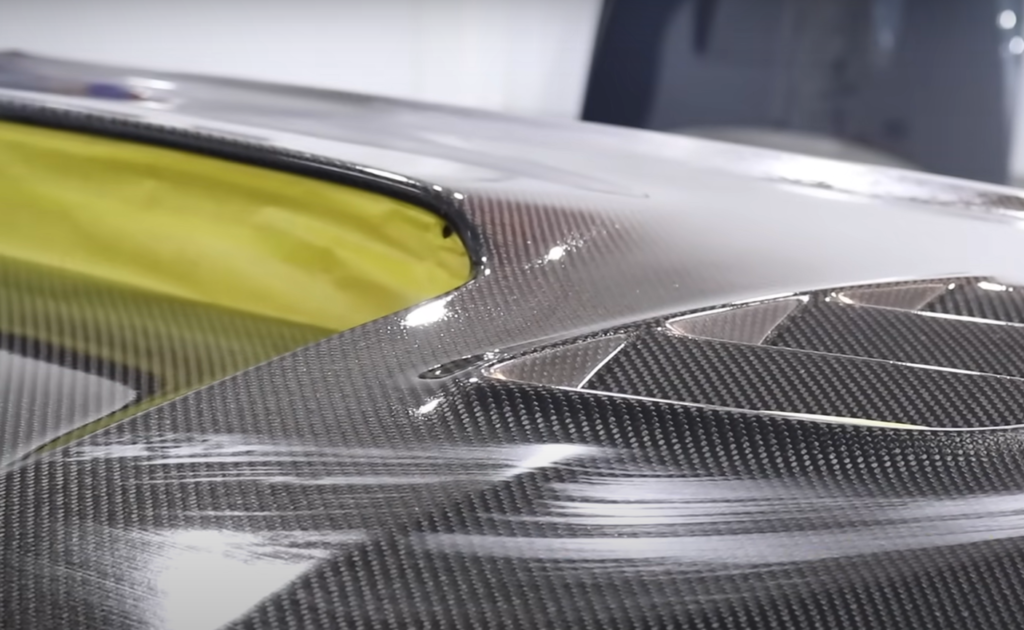
Remember, patience and attention to detail are key in this process. Always follow the instructions provided by the manufacturer of the paint, primer, and clear coat. If you’re unsure about any step, consider seeking professional help.
Does paint protect carbon fiber?
Yes, paint can indeed provide a layer of protection to carbon fiber. While carbon fiber itself is durable and resistant to corrosion, a high-quality paint job can offer additional protection. The paint can help shield the carbon fiber from UV radiation, which can cause the epoxy in the carbon fiber to break down over time, leading to a faded or discolored appearance. In addition, a well-applied clear coat over the paint can add an extra layer of protection against scratches, chips, and other potential damage. This is especially important for carbon fiber used in automotive applications, where the material is exposed to harsh environmental conditions and potential impact.
Do you need special paint for carbon fiber?
No, you don’t need special paint for carbon fiber. Regular automotive-grade urethane paint can be used to paint carbon fiber. However, it’s crucial to follow the right preparation and application process regardless of the type of paint you’re using. This includes thorough cleaning, sanding, and priming of the carbon fiber part before applying the paint. After painting, the application of a clear coat is also advised to protect the paint and provide a glossy finish. Remember, the quality of the paint, primer, and clear coat you use can significantly affect the durability and visual appeal of the finished product.
Is carbon fiber gray or black?
Carbon fiber is typically black in color. This is a result of the composition of the material – carbon fiber strands are made from tightly woven carbon atoms, which naturally exhibit a dark, near-black hue. However, the actual appearance can somewhat vary depending on the lighting and the angle at which you view it. While it’s predominantly black, under certain light conditions, carbon fiber can sometimes have a slight grayish or metallic sheen. This unique characteristic of carbon fiber contributes to its distinct and appealing aesthetic.
How do you refinish a carbon fiber hood?
Refinishing a carbon fiber hood involves several key steps:
- Just like in painting, the first step in refinishing is to thoroughly clean the hood to remove any dust, dirt, or grease.
- Once clean, sand the hood carefully using 600-800 grit sandpaper.
- After sanding, you can polish the hood using a polishing compound and a rotary polisher.
- Afterwards, apply a new clear coat to seal the carbon fiber and provide a glossy finish.
- Finally, you need to let the clear coat cure for an appropriate amount of time as suggested by the clear coat manufacturer.
Can you repaint carbon?
Yes, you can definitely repaint carbon fiber. The process entails many of the same steps used when initially painting the carbon fiber. First, the existing paint and clear coat need to be thoroughly removed. This is typically achieved by careful sanding, taking care not to damage the underlying carbon fiber. Following this, the carbon fiber should be cleaned to remove any dust or debris.
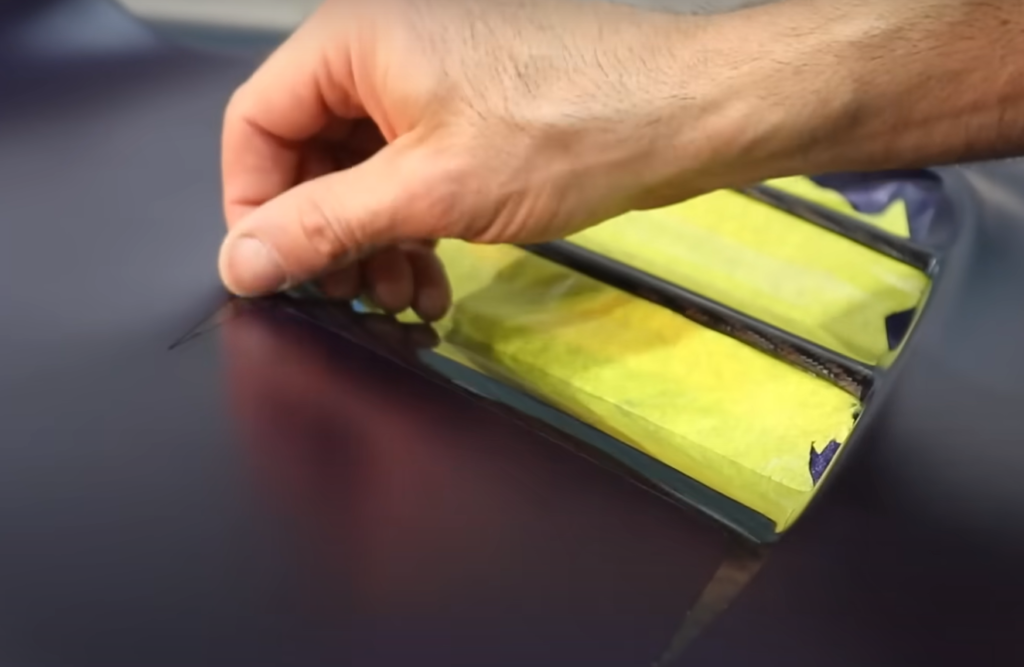
Afterward, the repainting process can begin, involving the application of a primer, base coat, and clear coat. As always, it’s vital to follow the manufacturer’s instructions for each product used and allow adequate drying time between each step.
Can you recoat carbon fiber?
Yes, carbon fiber can be recoated. Recoating essentially refers to the process of applying a new layer of clear coat to the carbon fiber. This is usually done to restore the glossy finish of the carbon fiber, which may have been dulled or damaged over time due to exposure to environmental elements. The process of recoating involves cleaning the carbon fiber part, sanding off the old clear coat, and then applying a new layer of clear coat. Throughout this process, it is crucial to use gentle handling to prevent any damage to the underlying carbon fiber.
Can you use polish on carbon fiber?
Yes, you can use polish on carbon fiber. However, it’s important to select a polish that is suitable for use on carbon fiber surfaces. Automotive polish designed for clear coats can usually be used effectively. The polish works by smoothing out the surface, filling in microscopic imperfections, and enhancing the shine and gloss of the carbon fiber. After washing and drying the carbon fiber part, apply the polish using a soft cloth or a polishing pad. Use circular motions to work the polish into the surface. Once the polish has dried to a haze, buff it off using a clean, soft cloth.
Can you sand paint off of carbon fiber?
Yes, paint can be sanded off of carbon fiber. However, this should be done with extreme care to avoid damaging the carbon fiber itself. The process involves using a low-grit sandpaper to carefully remove the paint and clear coat from the carbon fiber.
Once the paint and clear coat are completely removed, the carbon fiber can be cleaned and prepared for repainting or recoating.Useful Video: How to Paint a Carbon Fibre Hood
Conclusion
In conclusion, painting, repainting, refinishing, recoating, and even sanding off paint from a carbon fiber hood are all feasible tasks, provided they are performed with care and diligence. Each process has its own set of steps, all of which should be followed meticulously to prevent any potential damage to the fiber and to ensure an optimal and long-lasting finish. It’s essential to use products specifically suited for carbon fiber and to follow the manufacturer’s instructions for each product.
References:
- https://paintanalyzer.com/can-you-paint-carbon-fiber-hoods/
- https://paintzeal.com/can-you-paint-carbon-fiber-hoods/
- https://www.rx8club.com/rx-8-discussion-3/feelings-towards-painted-carbon-fiber-hood-119566/
- https://repaintnow.com/can-carbon-fiber-be-painted/


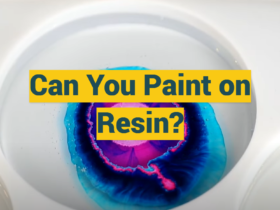

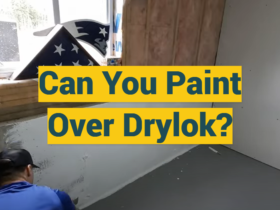
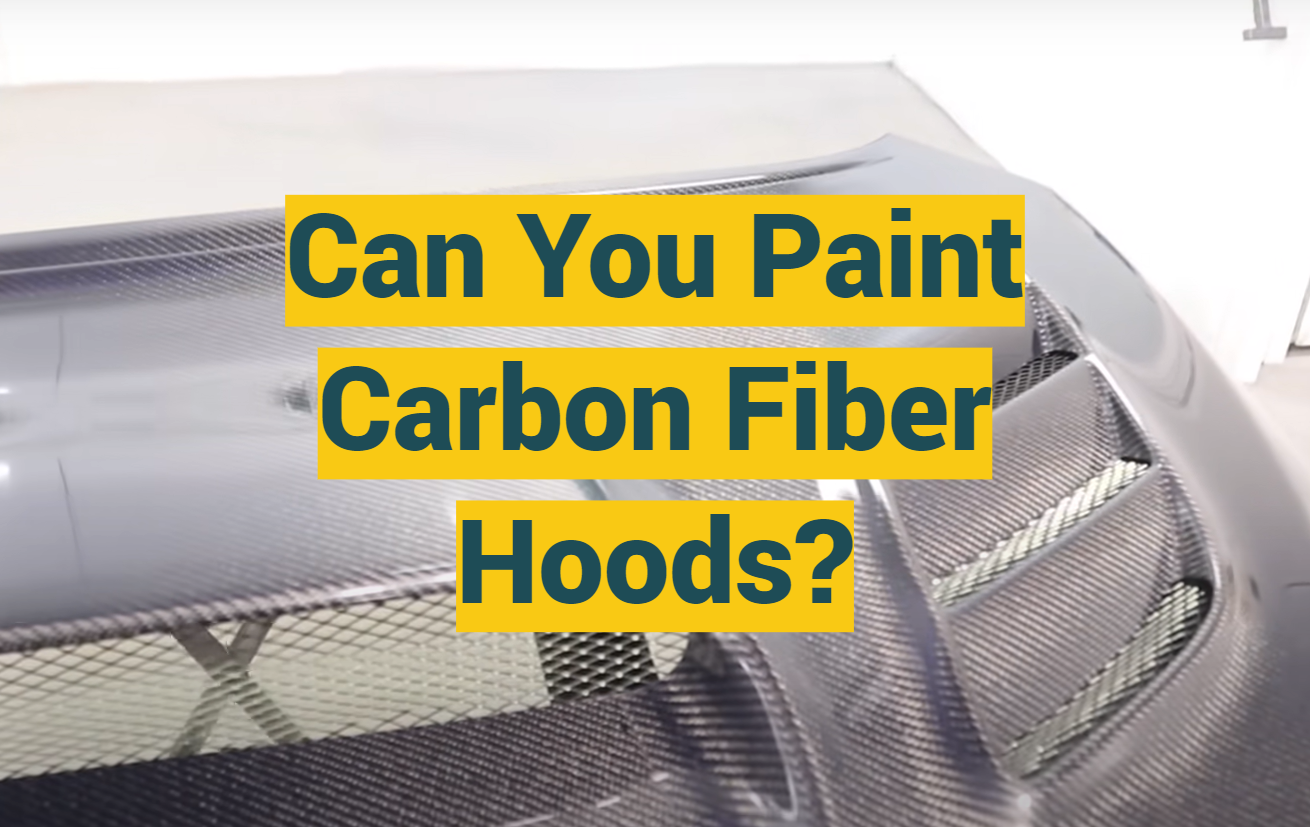




Leave a Review